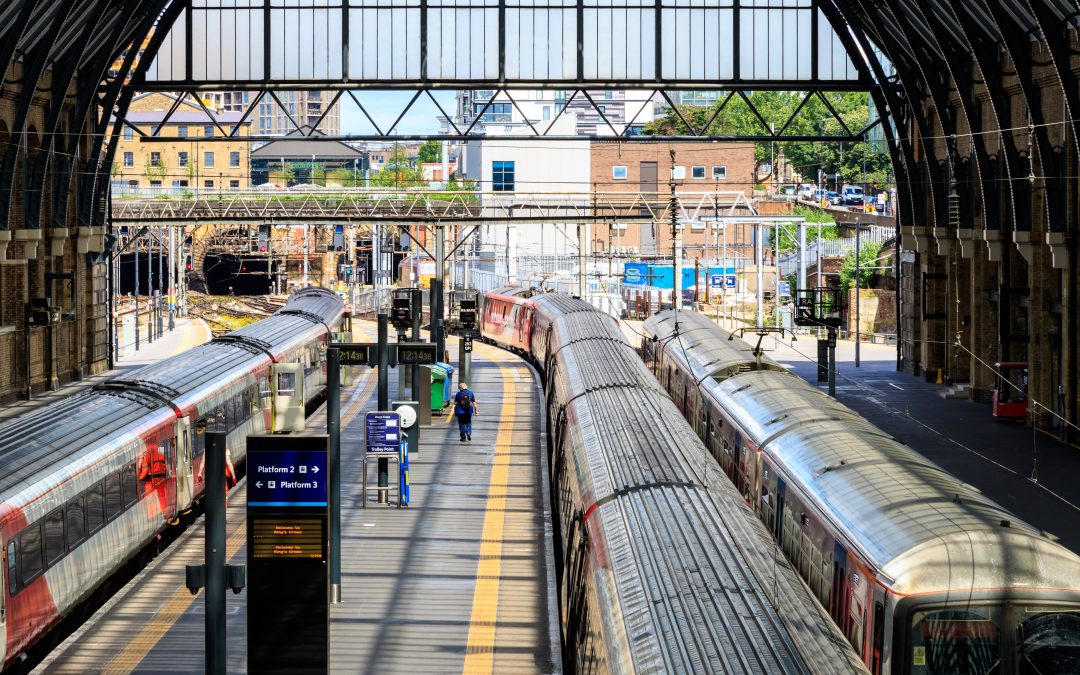State of the art technology installed in Great Northern Railway (GNR) trains means problems that could cause damage and delays can be be identified and fixed before vital components actually break down.
GNR has completed the fitting of a compact high-tech system that will inform engineers via email when essential machine parts begin to develop a fault.
Advanced technology results in fewer breakdowns
Sensors have been installed on wheel bearings and gearboxes on all 40 of GNR’s Class 365 trains running between Cambridge, Peterborough and King’s Cross, London.
GNR’s parent company, Govia Thameslink Railway (GTR), believes its significant investment in advanced technology will translate into greater reliability and enhanced journey experience for passengers.

Engineers are automatically emailed when problems occur
The system, designed by Southampton University spin-out tech business Perpetuum, uses vibration sensors to deliver real-time monitoring and diagnostic data.
The Perpetuum system enables the detection of defects by using a specific vibration signature that its technology can isolate. This triggers an email alert to Great Northern’s engineers at their depot in Hornsey, north London.
According to feedback from train operators, components monitored by Perpetuum have never failed in service.
Why smart train monitoring systems are a major industry trend
Onboard monitoring of passenger train vibration delivers specific information on the condition of the track, as well as the dynamics of the wheel and rail interface.
Research shows that intelligent passenger trains that deliver track and ride monitoring data will become more and more popular among train operators, with Great Northern leading the field.

Autonomous systems mean improved health and safety
Experts also believe that sensors will be developed and deployed for use in locations where workers could potentially be at risk. This would remove the need to send individuals to places where sensors or instruments could be operated autonomously, significantly improving health and safety standards.
In addition, relatively low-cost technology can enable trains to access data on the condition of a whole network. Using repeated runs, operators can determine the physical integrity of any given section of track. Information yielded includes how the track is deteriorating and how it has improved as a result of maintenance work.
The railway industry correctly priorities health and safety and the use of wireless sensor networks that are self-repairing can enable an additional level of security. This means that if one sensor malfunctions another will do the work, or the network will locate the faulty sensor and fix it automatically.
Electropak are experts in manufacturing for the rail industry, including circuit breakers. Our clients include Alstom. For more information on the services we can provide, contact us today.


Recent Comments